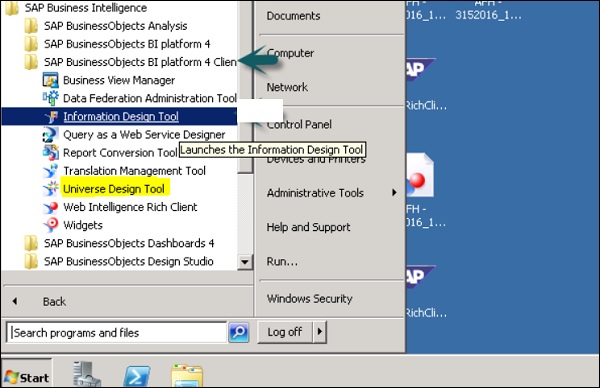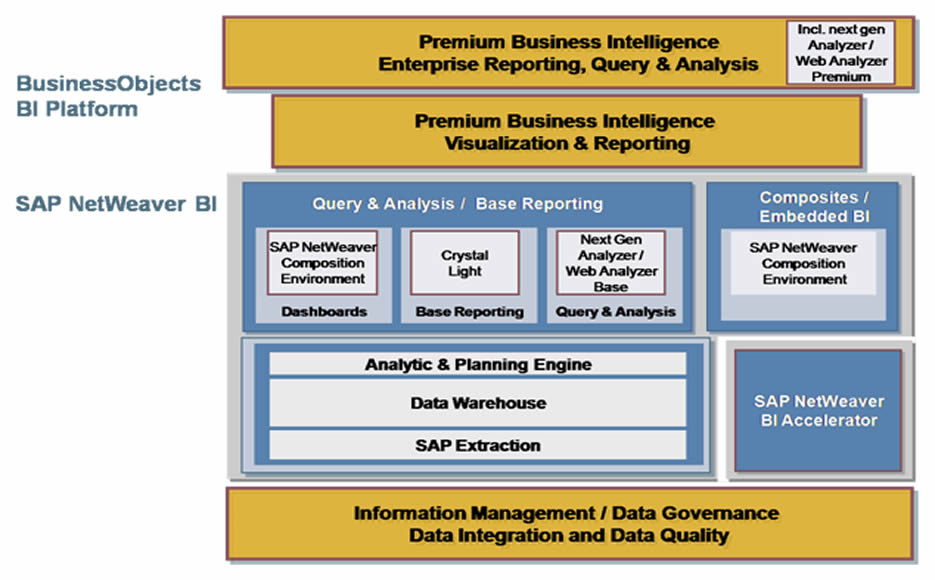

You will be asked the password of the keystore (the password for sampletestKeystore.jks is Password1) and further details.

\tomcat\webapps\BOE\WEB-INF\config\custom\ FioriBI.properties.\tomcat\webapps\BOE\WEB-INF\config\custom\ BILaunchpad.properties.Locate (or, if they do not exist, create) the files below, and make sure the property enabled=true is configured in both:.\tomcat\webapps\BOE\WEB-INF\ securit圜ontext.xml Save the changes but you can keep this file open as we will return to it later. The line for the classic BI Launchpad was already uncommented. In the case below, we have removed the leading “” from OpenDocument and BILaunchpad (this is the “fiorified” one). Create a backup copy of the file below, and edit the original to uncomment the apps you want to use.Come back to configure CMC only after you have gone through all configuration steps and tested that it works, otherwise you may find yourself locked out of the CMC. If you are on 4.2 SP06, and want to include CMC in the SAML SSO, do not configure it now.

Note: the changes below will make the BI and BILaunchpad apps inaccessible. \SAP BusinessObjects Enterprise XI 4.0\SAMLJARS\

Keytool -genkey -alias thisAlias -keyalg RSA -keystore C:\keystore\thisKeystore -keysize 2048 To go with the self-signed certificate, run the command below, which will create a keystore and alias: If your deployment is already configured for HTTPS, you can skip this step otherwise, you can contract a third-party certificate authority, or create a self-signed certificate (which will throw a warning in your browser).Not all screenshots were taken from the same system, so some may have been pixelated to avoid confusion. This configuration has been applied to BI 4.2 SP05 and SP06. There are also a few practical suggestions you may find useful. There are some small differences in the order and steps, and this is because we found this approach was most likely to return the expected result as we implemented this in a real World scenario.
SAP BUSINESS INTELLIGENCE PLATFORM HOW TO
There is already a very good guide on how to set this on up, but in here we have emphasized the practical side of the setup and focused on the order the configuration steps should be performed:


 0 kommentar(er)
0 kommentar(er)
